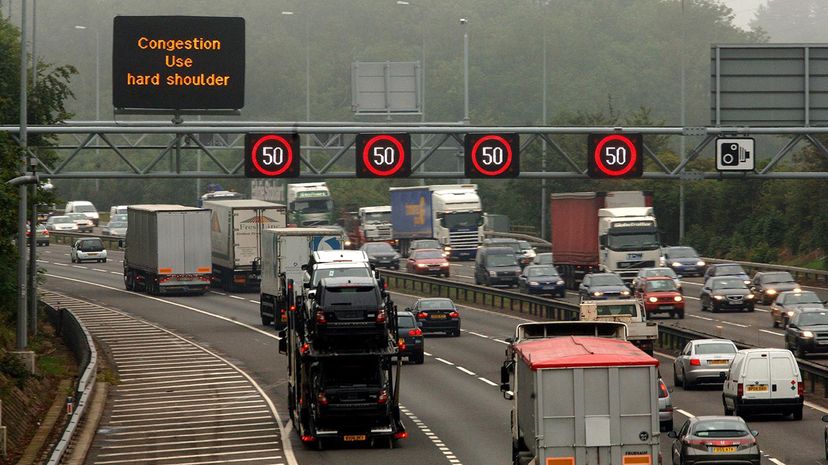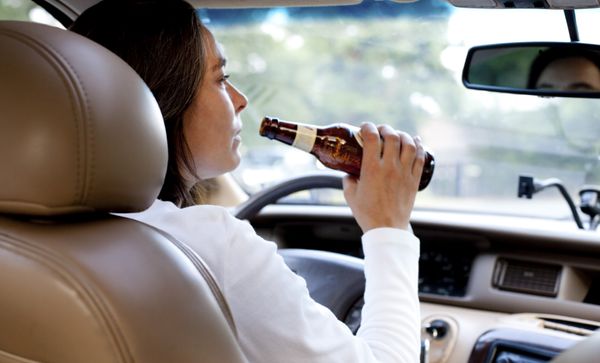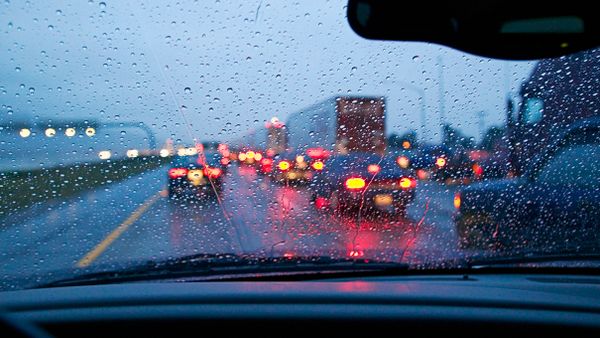
You've got places to go and people to see, yet you're stuck inching along the interstate at barely a snail's pace. Your exit looms, but it's still relatively far away, and the empty shoulder (commonly known to drivers as the emergency lane) beckons. You'd be reducing congestion if you drove on the shoulder, right? What harm could it possibly do? A lot, as it turns out.
"It's for emergency use only and not for general travel. It does not matter if you're just trying to pass someone," says Katie Fallon, public information officer with the Georgia Governor's Office of Highway Safety in an email interview.
Advertisement
A July 2017 dump truck crash on Interstate 85 in Fairburn, Georgia, inspired a number of motorists to hit the shoulder instead of waiting in traffic like everyone else. Their actions caused major disruptions. "We had a HERO unit that was prevented from getting to the scene ... and we had an ambulance that was not related to the accident that had a patient on board that was trying to get to a local hospital that could not get through the traffic because the emergency lane was closed," Fairburn Deputy Chief Anthony Bazydlo told WSB-TV. "Had this been a situation where the driver of the accident vehicle had life-threatening injuries, the ambulance wouldn't have been able to get there."
That's not to say that you'll never wind up driving on the shoulder. You're just not likely to have to, unless you or someone near you runs into a roadway problem. "Aside from their structural benefits for pavement and drainage, shoulders provide refuge for vehicles in emergency situations, access for first responders, and an additional recovery area for drivers trying to avoid conflicts in the adjoining travel lanes," explains the Federal Highway Administration's website.
However, drivers cannot use the emergency lane willy-nilly. "You should not travel in the emergency lane or pass vehicles by using the emergency lane unless directed to do so by a law enforcement official or first responder," says Cpl. Sonny Collins of the South Carolina Highway Patrol in an email interview. "That would be a violation of state law and the driver could be fined."
Like virtually every other policed matter, penalties vary state-by-state. "In most cases, [drivers] can face hefty fines or even jail time for passing or using the shoulder as a traffic lane," says Tamra Johnson, spokesperson for the AAA Foundation for Traffic Safety. Points on your driver's license, which are assigned based on traffic violations and can result in license suspension or revocation, are another possible penalty.
Virginia-based traffic defense attorney Matt Pinsker has represented numerous clients cited for the offense. "Judges are sympathetic in the sense that no one likes sitting in traffic and we all understand the temptation of wanting to just get in that open shoulder lane and go around all of it," Pinsker says, "but we are all expected to follow the rules... I've had cases like that dismissed because my client was improperly charged or the charge [was] reduced or dismissed. When it was reduced, the fine has usually been about $50 to $100."
So, do your bank account and your fellow motorists and first responders a favor and avoid driving on the shoulder unless you're in distress or an officer of the law directs you there.
Advertisement

